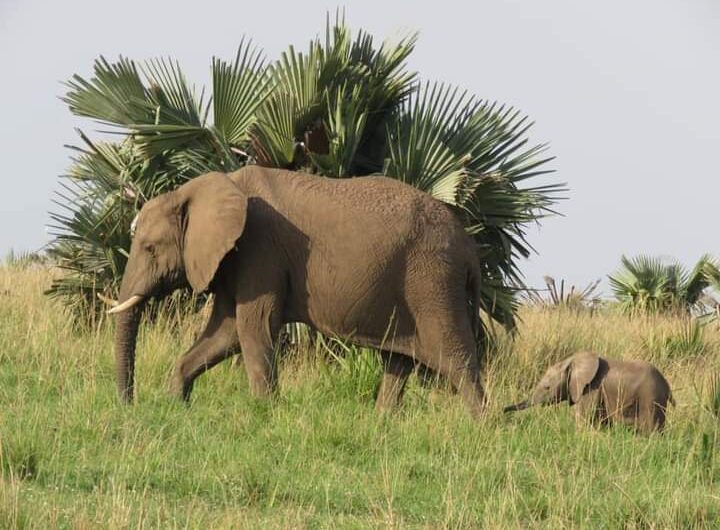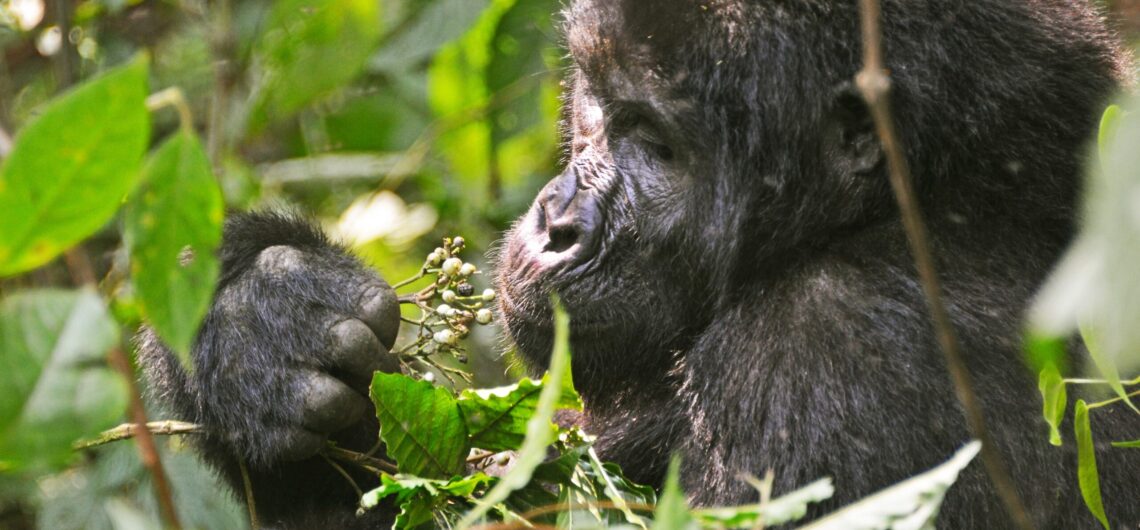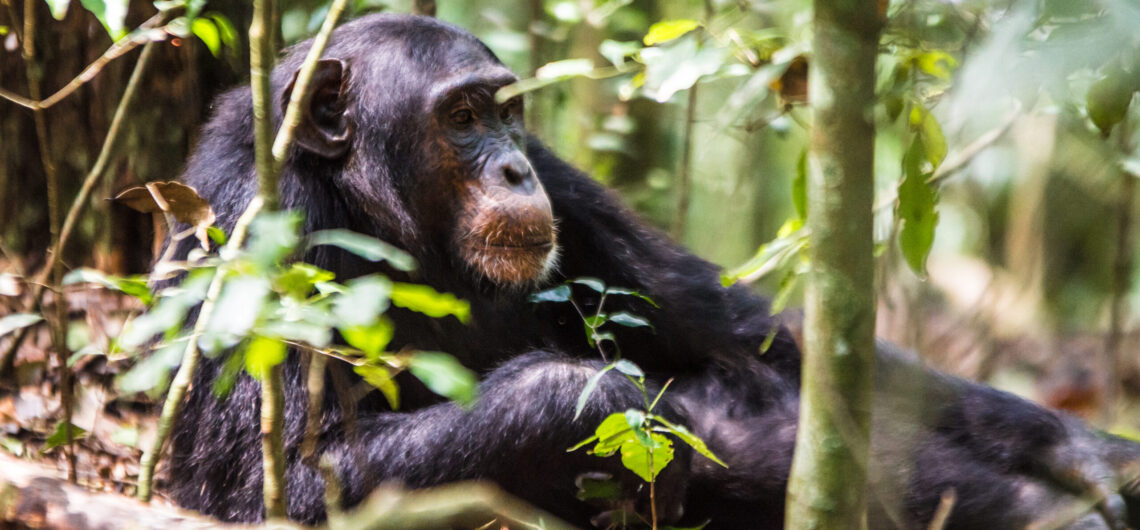Murchison falls national park is Uganda’s largest conservation area situated in the northern part of Uganda in Nwoya district, the park is one place to find the so-called big four of the wilderness (lions, leopards, Elephants, Buffaloes) in the 1990s the park used to be home to Rhinos however following a lot of poaching and political issues there was poaching which led to the elimination of the animal species, Murchison is named after the greatest feature of the park Murchison, it is bisected into two by the Victoria Nile forming the northern bank of Pakuba and southern part, at a certain time the park’s name changed to Kabalega national park during the reign of Idi Amin Dada however later following his downfall, it was named back to Murchison falls national park.
Murchison falls national park is well known for the great Murchison Falls, the magnificent falls is one of the world’s most powerful fall, the water dramatically squeezes itself into the 7-meter slit along the gorge, the plunge fall make a loud roar sound that can be heard even at a distance, the park is home to a number of wildlife species including waterbucks, bushbucks, Rothchild’s giraffes, oribi, warthogs, Jackson’s hartebeests, hippos, Nile crocodiles, civet cats, jackals, and over 400 species of birds, most of them are endemics of the Albertine rift valley region. The hospital people around the park in the communities of Bulisa and Mubaku go the extra mile to put a smile on travelers’ faces.
Things to do in Murchison Falls National Park include game drives, these are done in sessions beginning in the morning at 6:30 am in order to catch early morning risers, this is the best time to do game drives, it is also a busy time for animals as most of them come out to graze and hunt for the carnivores. The afternoon game drive begins at 2:30 p.m. in search of games through the well-distributed game tracks of the national park. This is one of the few places where doing night game drives is allowed with guidance from a Uganda Wildlife Authority team. Game drives are conducted using 4*4 vehicles in order to beat the tough terrain of the African wilderness.
A boat cruise to the bottom of the falls is a must-do activity while in the park, it is one of the best ways to experience the Nile, the cruise goes to experience the fall of the famous Murchison feature, it is done on motorized boats starting at 2:00 pm, it takes -3 hours on the waters passing across the walls of the metamorphic rocks, together with basking hippos and Nile crocodiles along the sandy banks of the river, in the marshy swampy areas, you might be chanced to see the critically endangered species of the shoe bill stock.
Birding in Murchison Falls National Park, of the 1030species of birds that have been recorded to date, over 400 species have been listed in the region including the Albertine endemics, savannah and forest birds, popular species that may be encountered include giant kingfishers, Abyssinian ground horn bill, Malachite kingfisher, African martial eagles, sunbirds, piapiac, pelicans to mention a few.
In addition to the above things to do in the Murchison Falls National Park, guests can enjoy a balloon safari raised above the wilderness, cultural encounters with the local communities, guided nature walks, and chimpanzee tracking in the Budongo forest. There is available accommodation in the park and surrounding areas ranging from the best budget to luxury, Examples of facilities include the Chobe Safari lodge, Para safari lodge, Murchison river lodge, and fort Murchison among other facilities.



